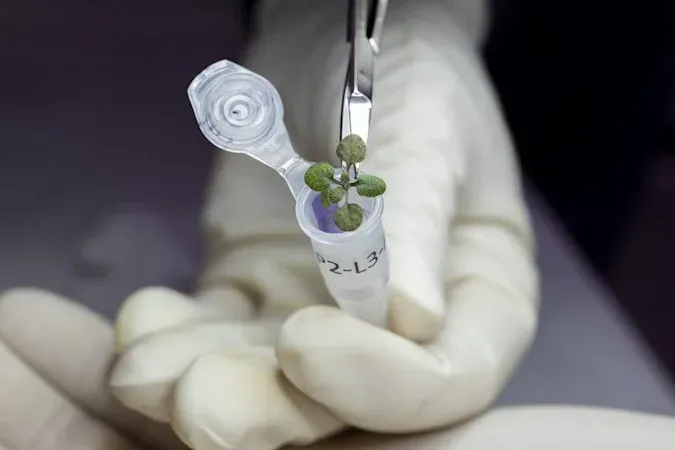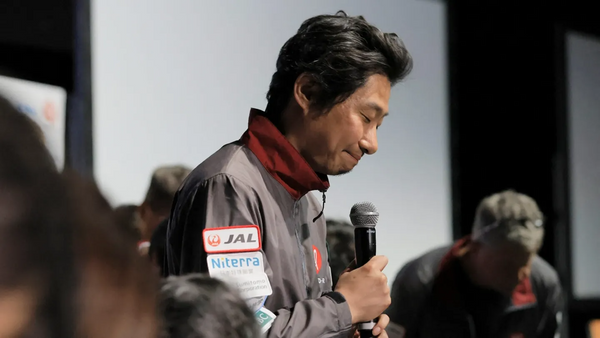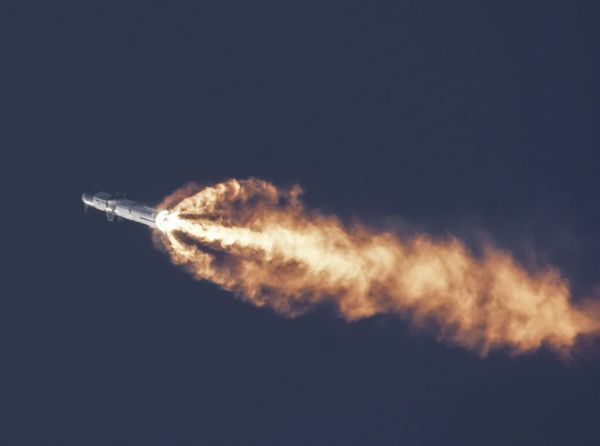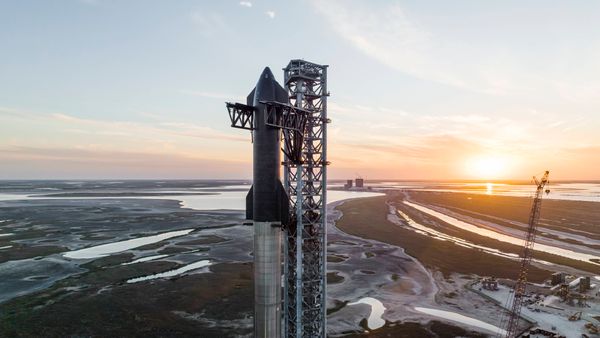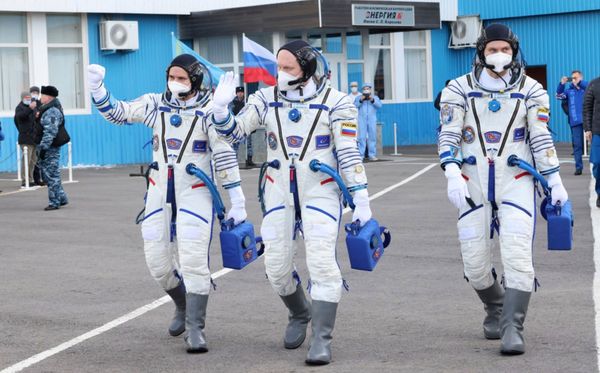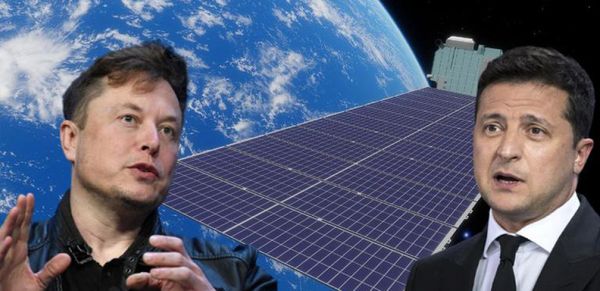Researchers at the University of Florida have managed to grow plants in soil obtained from the Moon for the first time. They used samples collected in the Apollo 11, 12, and 17 missions.
- They received a mere 12 grams of lunar regolith out of a total of 382 kilograms (842 lbs) of lunar soil and rocks brought back to Earth. However, scientists Rob Ferl and Anna-Lisa Paul were over the moon(ba dum tss!) as it was still more than the 4 grams they requested.
Lunar Agriculture 101: The team used thimble-sized wells in plastic plates, typically used to cultivate cells, as their pots. They filled each one with a gram of soil, added a nutrient solution, and planted a few thale cress (Arabidopsis thaliana) seeds. They also planted the seeds in other soil types like simulated Martian soil, soils from extreme environments, as well as a substance that mimics lunar soil as part of a control group. The results:
- Nearly all of the seeds planted in the lunar regolith sprouted, albeit they grew slower and were smaller than the control group.
- There was more variation in sizes in plans grown in the lunar soil than the variation in the control group. The cress that was grown in what’s known as mature lunar soil, which is exposed to more cosmic wind, struggled the most.
- The samples obtained from Apollo 11 were found the least effective for growing the plants. Those were collected from the older surface of the Sea of Tranquility, which had been exposed to the environment for a few billion years longer.
Why It Matters: The experiment is one small step toward the possibility of growing plants on the Moon for food and oxygen as NASA carries out its work on the Artemis Program, which will take humans back to the Moon for the first time since 1972. Scheduled for launch in 2015, Artemis 3 will be the first crewed Moon landing mission of the Artemis Program and will land the first woman and the first person of color on the lunar surface.


